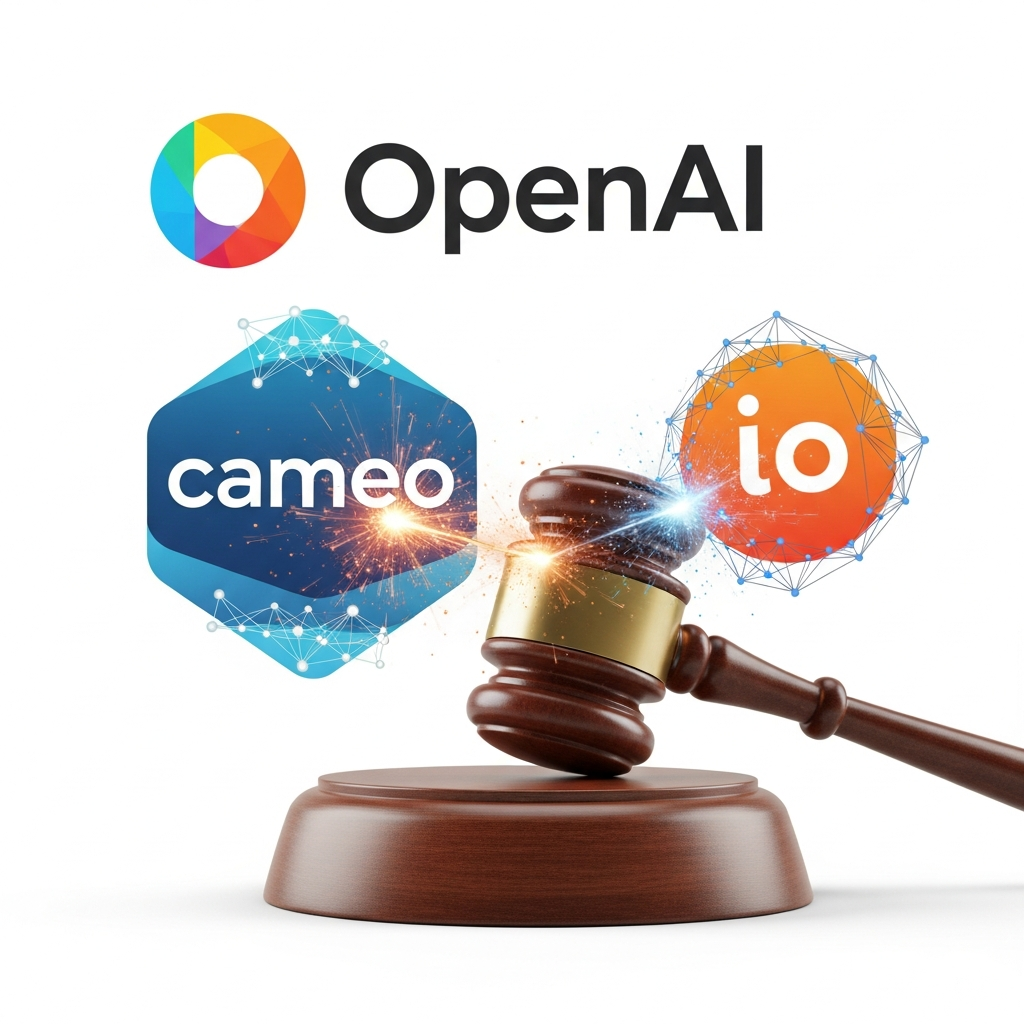The global artificial intelligence landscape is witnessing an accelerated pace of innovation, with new models pushing boundaries at an astonishing rate. Leading this charge is Moonshot AI, a prominent Chinese AI lab, with its groundbreaking release: Kimi K2 Thinking. This open-source reasoning model is not merely an incremental upgrade; it represents a significant leap forward in agentic AI, challenging established giants and reshaping the competition between proprietary and open-source systems. Engineered for complex problem-solving and long-horizon planning, Kimi K2 Thinking is quickly becoming a focal point for researchers and developers worldwide.
What is Kimi K2 Thinking? A Glimpse Under the Hood
Kimi K2 Thinking is described as an advanced “reasoning MoE model,” leveraging a Mixture-of-Experts (MoE) architecture that allows for incredible scale alongside computational efficiency. While boasting an immense 1 trillion total parameters, it dynamically activates only 32 billion active parameters during each inference. This intelligent design ensures that the model can handle vast amounts of information without incurring prohibitive computational costs for every single operation.
A standout feature is its impressive 256,000-token context length. This capability allows Kimi K2 Thinking to process and maintain coherent understanding across exceptionally long conversations or documents, far exceeding many contemporary models. Built with 61 layers, including 1 dense layer and 384 experts (selecting 8 experts plus 1 shared expert per token), it employs 64 attention heads, a 160K token vocabulary, and sophisticated elements like Multi-head Latent Attention and the SwiGLU activation function. This robust architecture forms the bedrock of its advanced reasoning and problem-solving abilities.
Unleashing Unprecedented Agentic Capabilities
At its core, Kimi K2 Thinking functions as a “thinking agent,” meticulously working through complex tasks by integrating and utilizing a diverse array of tools. This model excels in what Moonshot AI terms “interleaved thinking,” where it uses internal “thinking tokens” between tool interactions. Imagine an AI that can read, ponder, call a tool, reflect on the results, and then repeat this cycle for hundreds of steps—all autonomously.
A key innovation driving Kimi K2 Thinking’s prowess is “test time scaling.” This technique dynamically expands both its reasoning length and the depth of its tool calls when confronted with more challenging problems. The model has demonstrated an astounding capacity to execute 200 to 300 sequential tool calls without human intervention. This allows it to maintain logical consistency over hundreds of steps, navigating intricate multi-step workflows to solve sophisticated problems. For instance, in a practical demo, Kimi K2 Thinking generated a fully functional Word-style document editor from a single prompt. It also showcased its ability to solve a PhD-level math problem by executing 23 nested reasoning and tool calls, autonomously researching literature, performing calculations, and identifying the correct answer. Such advanced multi-tool use, while becoming standard in leading closed models, represents a significant achievement for an open-source offering.
Redefining Performance: Benchmark Showdowns
Kimi K2 Thinking has made waves by significantly outperforming some established leading AI systems, including OpenAI’s GPT-5 and Claude Sonnet 4.5, across several critical reasoning and coding benchmarks. This positions it as a true frontier model, particularly in agentic tasks.
On the demanding Humanity’s Last Exam (HLE) benchmark, which comprises 3,000 graduate-level reasoning questions, Kimi K2 Thinking achieved a score of 44.9% with tools enabled, reaching 51.0% in a “heavy setting.” This performance reportedly surpasses its closed-source counterparts in this specific test. In agentic search and browsing evaluations like BrowseComp, it scored 60.2%, significantly outperforming the human baseline of 29.2%. For coding proficiency, it recorded an impressive 71.3% on SWE-bench Verified and 61.1% on SWE-Multilingual, benchmarks designed to assess agentic reasoning and coding capabilities. While leading models like GPT-5 or Claude Sonnet 4.5 may still surpass it in other general evaluations, Kimi K2 Thinking’s specialized performance marks a crucial advancement for open-source AI. Its ability to preserve a distinctive style and writing quality, likely due to extended thinking RL training, further enhances its practical utility.
The Economic & Technical Innovations Driving Efficiency
Beyond raw performance, Moonshot AI has engineered Kimi K2 Thinking with remarkable efficiency. One of the most compelling aspects is its notably low estimated training cost of just $4.6 million for a trillion-parameter model. This figure stands in stark contrast to the hundreds of millions or even billions of dollars typically spent by Western AI giants like OpenAI and Anthropic, highlighting significant innovation in algorithmic and economic efficiency within AI development. This breakthrough suggests a faster, cheaper path to advanced AI, intensifying the global “arms race” for cutting-edge models.
Furthermore, Kimi K2 Thinking is designed for highly efficient deployment. It supports native INT4 inference, a compact, quantized form of the model that substantially reduces memory requirements and approximately doubles text generation speed compared to its uncompressed version. Moonshot AI achieved this by employing Quantization-Aware Training (QAT) during the post-training phase, applying INT4 weight-only quantization directly to the model’s Mixture-of-Experts components. Crucially, all reported benchmark results were obtained under this INT4 precision, ensuring a fair and realistic comparison for real-world serving scenarios while maintaining state-of-the-art accuracy.
Shifting Tides: The Rise of Chinese AI Labs
The release of Kimi K2 Thinking underscores a profound shift in the global AI landscape, signaling the growing prominence of Chinese AI labs. Companies like DeepSeek, Qwen, and now Kimi are rapidly gaining international recognition, capturing an increasing share of cutting-edge AI mindshare. These Chinese firms are characterized by significantly faster release cycles than their Western counterparts, providing a critical advantage in showcasing rapid progress in this fast-evolving field.
This accelerated development and benchmark dominance from Chinese entities are creating substantial pressure on established closed-source American AI labs. The proliferation of advanced open models like Kimi K2 Thinking challenges their pricing strategies and raises user expectations, forcing them to evolve their differentiation strategies beyond mere benchmark scores. While leading US AI companies possess strong infrastructure and market presence, Chinese models are poised to capture a larger share of the expanding global AI market, particularly in international mindshare. Experts like Nvidia CEO Jensen Huang have noted China’s strategic advantages, including a unified regulatory approach and government energy subsidies, which could enable them to surpass the U.S. in the AI race.
Accessing Kimi K2 Thinking
Moonshot AI has made Kimi K2 Thinking accessible to a broad audience, aligning with its open-source philosophy. The model is currently available through the kimi.com chat mode and via the Moonshot platform API. For developers and researchers interested in delving deeper, the model’s weights are also openly available on Hugging Face.
Kimi K2 Thinking operates under a Modified MIT License. This permissive license allows for free commercial use, with a straightforward attribution condition for high-scale deployments. While a full “Agentic Mode” is anticipated for future release to fully expose its sophisticated tool-using capabilities, the current chat mode already provides a streamlined toolset for rapid responses. This open approach aligns with Moonshot AI’s vision of democratizing powerful AI technology and making it more widely accessible globally.
Looking Ahead: The Future of Agentic AI
Kimi K2 Thinking represents more than just a new model; it signifies a pivotal moment in the evolution of open-source reasoning agents. The successful integration of vast parameters, an unprecedented context window, native INT4 quantization, and tool orchestration capable of hundreds of steps demonstrates that long-horizon planning and robust tool use are transitioning from research demonstrations to practical, deployable infrastructure. This development sets the stage for an “interesting 2026,” as AI systems become increasingly autonomous and capable of tackling real-world problems with minimal human intervention. As open models continue to close the performance gap with their closed-source rivals, the competition will intensify, driving even faster innovation across the entire AI ecosystem.
—
Frequently Asked Questions
What makes Kimi K2 Thinking’s agentic capabilities so advanced?
Kimi K2 Thinking stands out for its “test time scaling” and ability to execute 200-300 sequential tool calls without human oversight. This means it can dynamically extend its reasoning and tool use depth for complex problems, engaging in “interleaved thinking” where it thoughtfully processes information between tool interactions. It effectively breaks down tasks, utilizes various software tools like search engines and calculators, and maintains logical consistency over hundreds of steps, leading to highly accurate and comprehensive solutions.
How can developers access or utilize the Kimi K2 Thinking model?
Developers and researchers can access Kimi K2 Thinking through several avenues. It is available via the kimi.com chat mode for direct interaction and through the Moonshot platform API for integration into applications. For those looking to work with the model’s underlying architecture, its weights are provided as an open-source release on Hugging Face. The model is released under a Modified MIT License, which permits free commercial use with specific attribution for large-scale deployments, making it highly accessible for innovation.
How does Kimi K2 Thinking’s performance and cost compare to leading closed-source AI models?
Kimi K2 Thinking has demonstrated superior performance on specific benchmarks, notably achieving 44.9% on Humanity’s Last Exam and 71.3% on SWE-bench Verified, outperforming models like OpenAI’s GPT-5 and Claude Sonnet 4.5 in these areas. Economically, its estimated training cost of just $4.6 million for a trillion-parameter model is remarkably low compared to the hundreds of millions spent by Western competitors. Furthermore, its native INT4 inference provides approximately a 2x generation speed improvement while maintaining benchmark performance, making it a highly cost-effective and efficient alternative for deployment.
—




